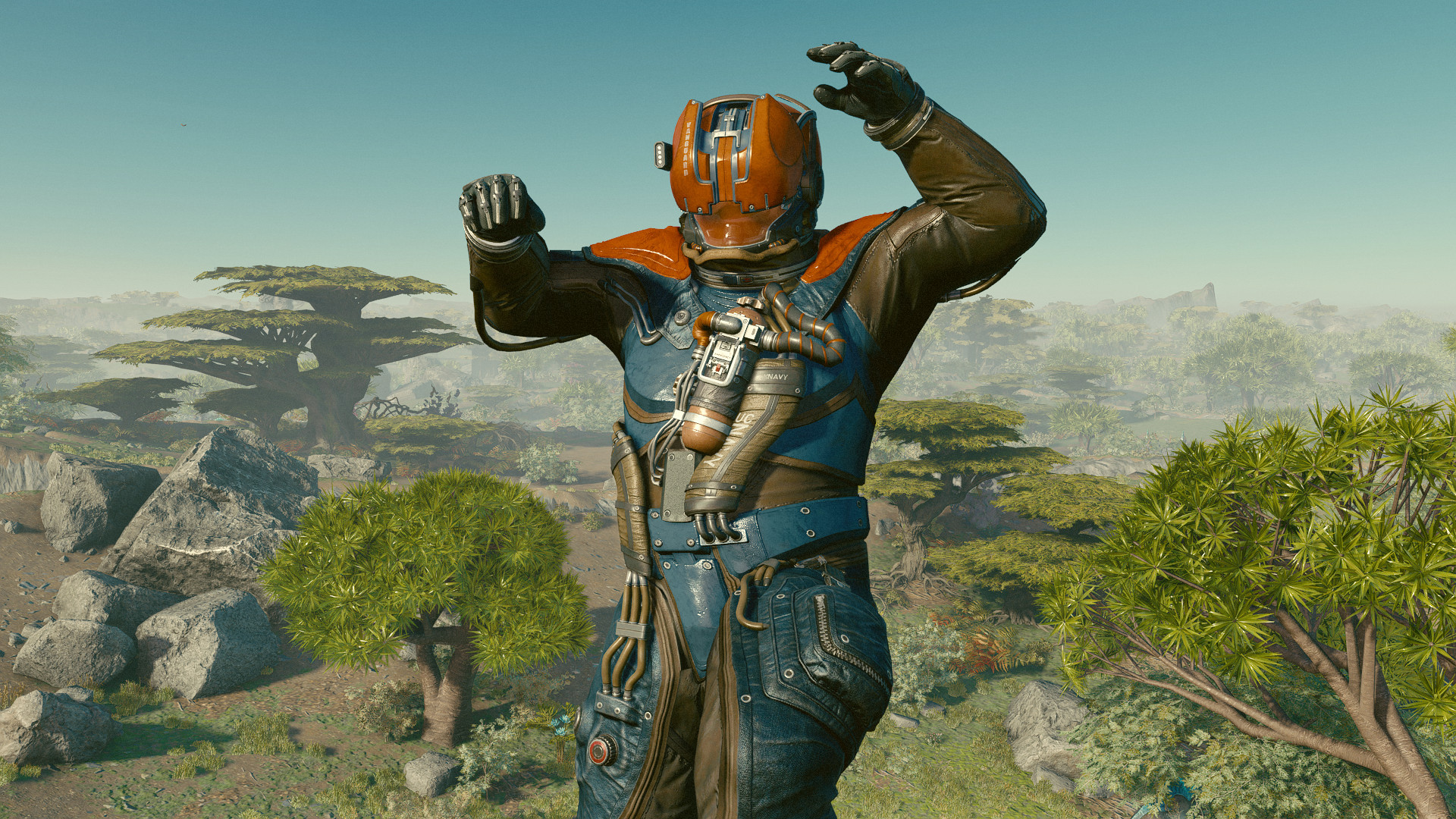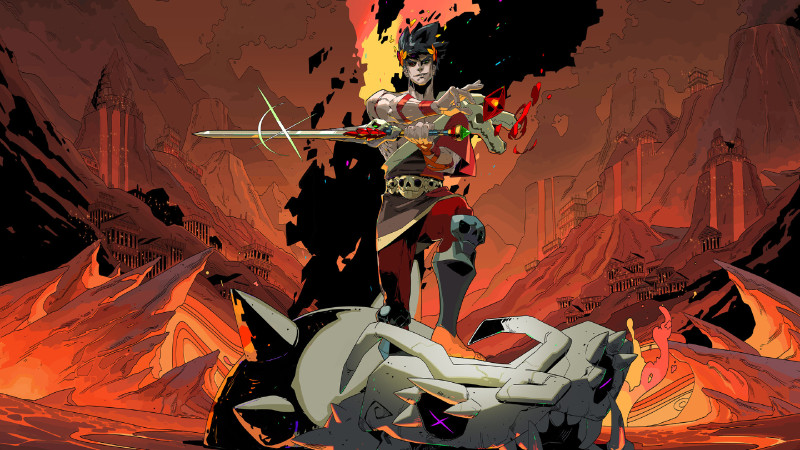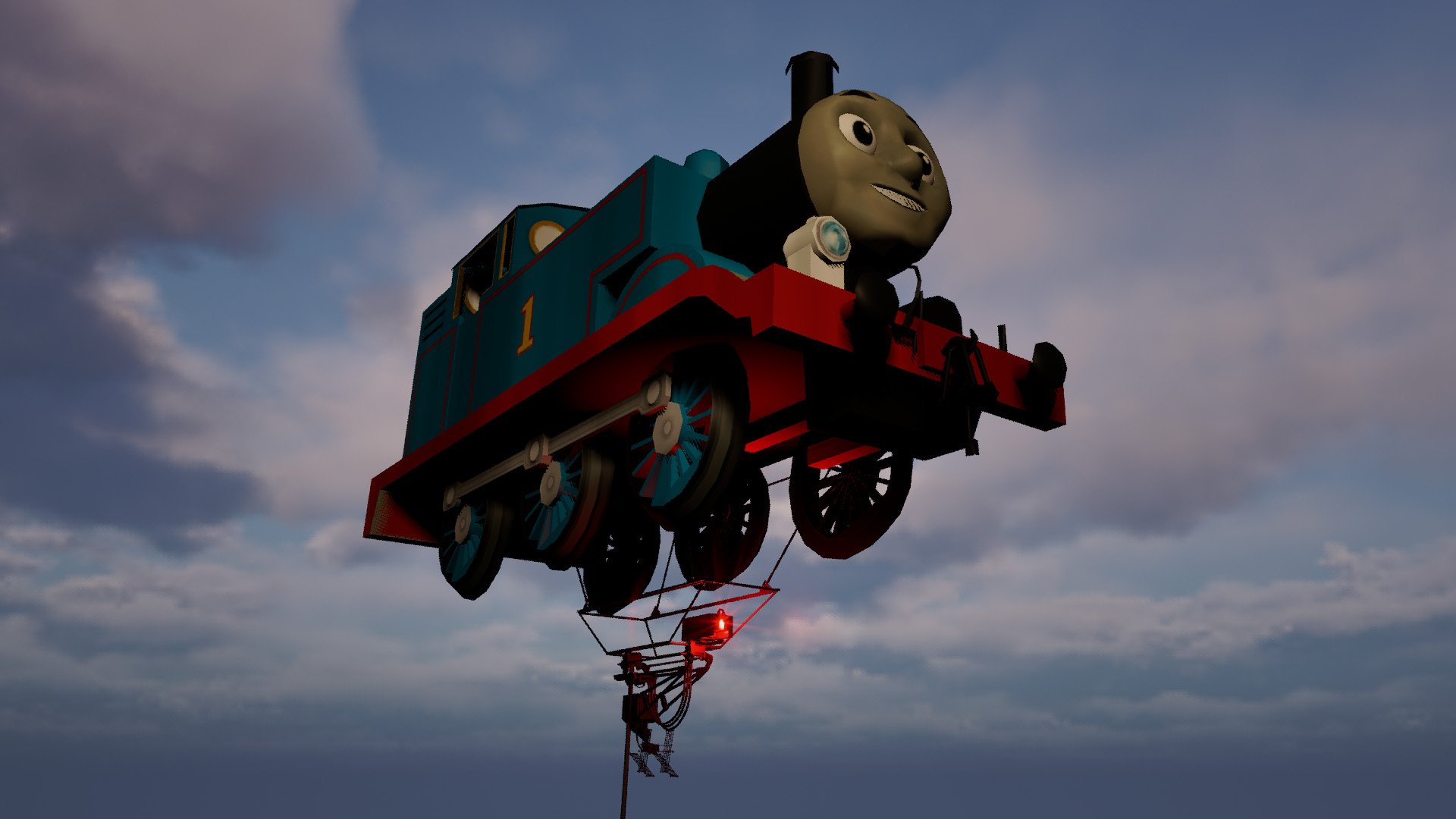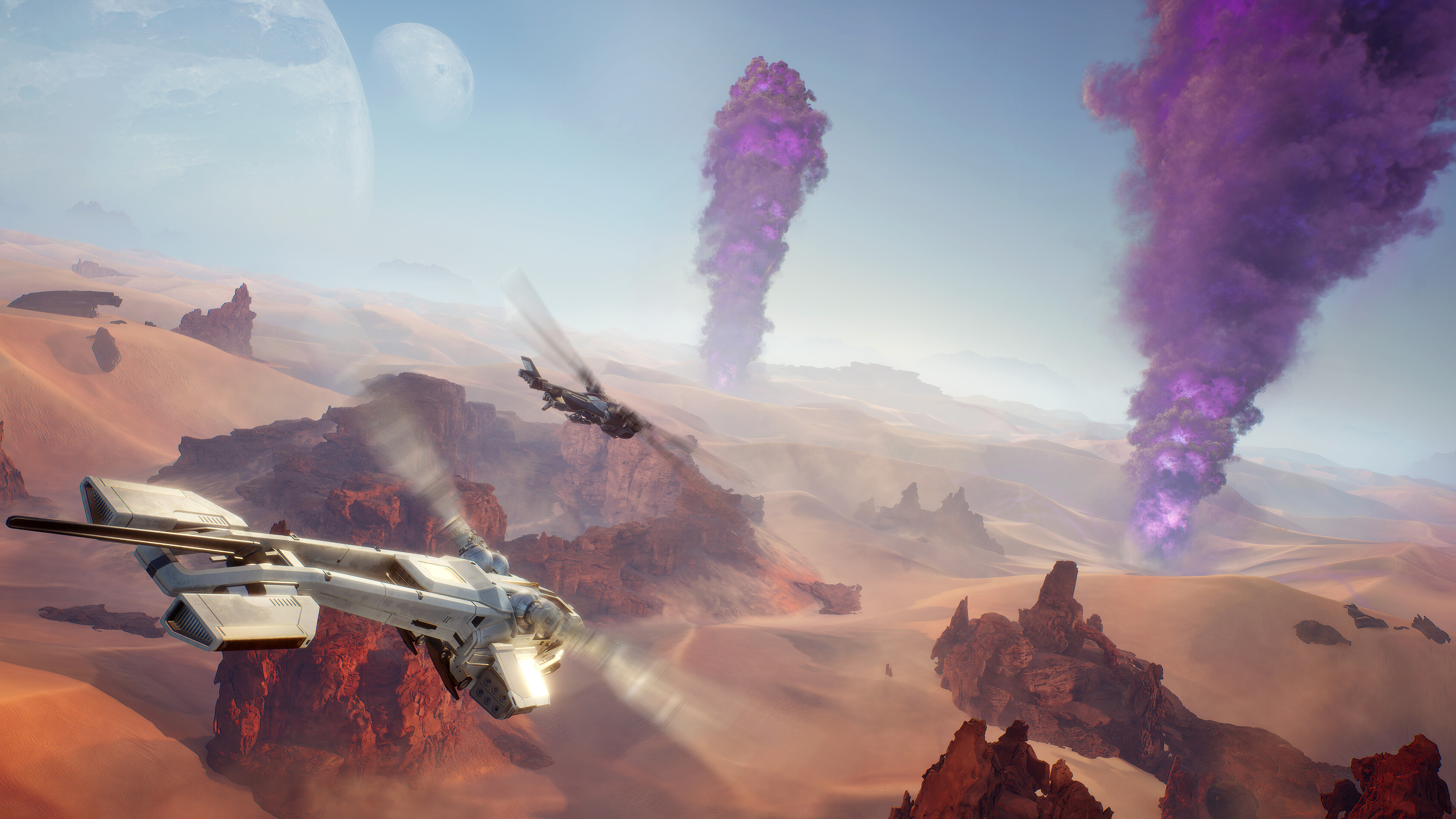
The bad news? The game crashes when you load too much planet.
The invisible walls barring exploration of Starfield planets have been shattered, and players are discovering that Bethesda’s space RPG has more in common with No Man’s Sky than initially thought.
One of the biggest discoveries to come out of Starfield’s first weekend in the wild was convincing evidence that terrain in randomly placed landing spots isn’t totally random. Reddit user WhiteLight506 discovered that it’s possible to land very close to New Atlantis (not actually in it) and spot the city from a distance. You can’t actually go there, because it’s on another planet “tile” and you’ll hit an invisible wall.
Nexus user Draspian decided to take things a step further to prove (or disprove) WhiteLight’s discoveries. Draspian disabled planetary boundaries in Starfield’s .ini file (available in mod form), turned off map markers so they could select a landing zone as close to New Atlantis as possible, and tried to enter the city from the outside. They got very close, and just before everything crashed to desktop, Draspian said it looked like the game was attempting to render the complete city.
“This should be conclusive and undeniable proof that all tiles on a planet are connected,” Draspian wrote on Nexus Mods, “and the millimetrical scale it takes to visit a directly adjacent tile (requiring the removal of map markers through console commands) shows how massive the planets actually are.”
What is and isn’t random in Starfield has been a consistent curiosity among players, so this is a big development. Terrain seems to be consistent from player to player, at least to some degree. All of these particular tests have revolved around one planet (Jemison), and more specifically the area around New Atlantis. It’s possible that the terrain around major cities has special properties compared to the thousands of empty kilometers beyond them.
Even if you can’t seamlessly explore, simply knowing planets are jigsaw puzzles that fit together and not arbitrarily generated landscapes makes them more interesting. Though the points of interest that populate landing zones, like abandoned mines and factories, are random from person to person.
Before we get too excited about the prospect of boundless Starfield planets, there’s a big sticking point: the game crashes every time you move beyond where an invisible wall would usually be. I tried this myself far away from a big city, and it crashed all the same. The running theory is that the game simply isn’t capable of loading additional planet tiles, but Nexus user Kitneyex proposed a promising solution in the boundary sleuth thread:
“What we need is an option when you reach the boundary to select ‘continue’ and load the adjacent tile. Or have the game auto-load the next tile.”
Now that sounds like an attainable goal, at least in theory.



